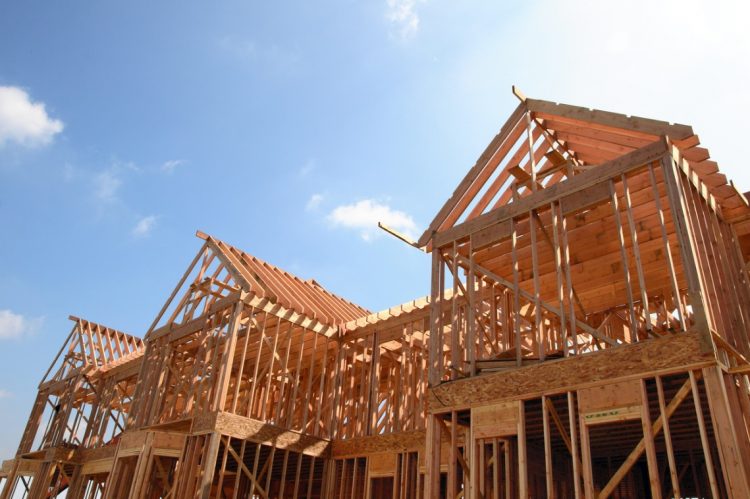Following September’s miraculous 7% gain in housing starts, the rise continued in October, according to a new report from the National Association of Home Builders (NAHB) using data from the U.S. Department of Housing and Urban Development and the U.S. Census Bureau. The lack of existing inventory continues to push buyers toward the new construction market, experts say.
Housing starts rose 1.9% in October, as NAHB reported, to a rate of 1.37 million units. Single-family starts increased 0.2% to a rate of 970,000, but were down 10.6% year-to-date. The multifamily sector increased 6.3% to a rate of 402,000.
The data:
- Year-over-year, combined single-family and multifamily starts are 22% lower in the Northeast, 11.2% lower in the Midwest, 7.8% lower in the South and 15.3% lower in the West.
- Overall permits increased 1.1% to a rate of 1.49 million units.
- Single-family permits increased 0.5% to a rate of 968,000, but are down 10.6% year-to-date.
- Multifamily permits increased 2.2% to an annualized 519,000 pace.
- Year-over-year, permits are 19.5% lower in the Northeast, 16.7% lower in the Midwest, 11.3% lower in the South and 15.8% lower in the West.
- There are currently 669,000 single-family homes under construction, down almost 15% from a year ago.
- In contrast, there are more than one million apartments under construction, near the highest total since 1973.
The takeaways:
“Despite higher interest rates in October, the lack of existing-home inventory supported demand for new construction in the fall,” said Alicia Huey, chairman of the NAHB. “Builders continue to grapple with elevated construction costs and growing concerns about regulatory costs.”
“The construction data in October continue to reflect that despite multi-decade lows for housing affordability, the market continues to lack attainable inventory that only the home building industry can provide,” said NAHB Chief Economist Robert Dietz. “And with the 10-year Treasury rate now back in the 4.5% range, we are forecasting gains for single-family home building in the months ahead, and an outright gain for construction in 2024.”
For the full report, click here.












